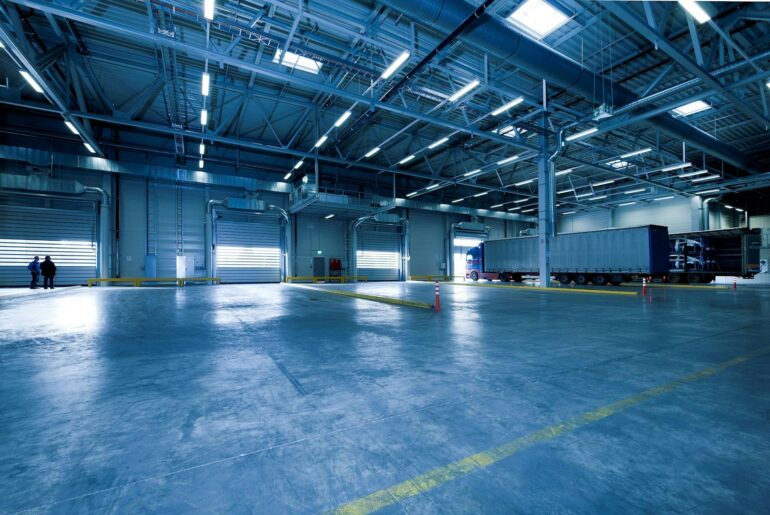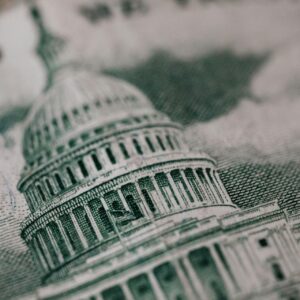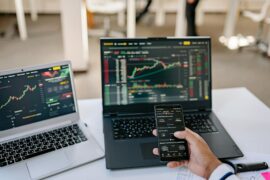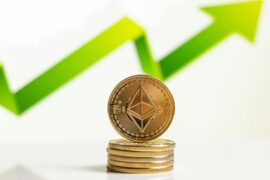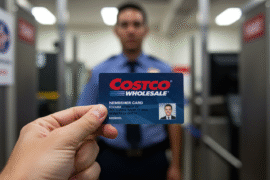This article may contain references to products or services from one or more of our advertisers or partners. We may receive compensation when you click on links to those products or services. Nonetheless, our opinions are our own.
- Material Cost Escalation and Operational Impacts
- Reinforcing the Supply Chain Under Price Pressure
- Refining Pricing to Withstand Inflationary Pressure
- Broadening Access to Alternative Materials and Markets
- Aligning Financial Planning with Policy Shifts
- Applying Tactical Measures to Minimize Risk Exposure
- Frequently Asked Business Questions
- Recommended Reads
Material Cost Escalation and Operational Impacts
Higher import duties on steel and aluminum often create immediate and tangible cost increases. These metals form the backbone of many industries and price volatility can ripple through balance sheets with little delay.
Consequences for Procurement and Production
- Rising base material costs: Tariff-driven pricing increases on imported metals often influence domestic markets as well, inflating overall sourcing expenses.
- Margin compression: Businesses absorbing cost hikes may see profitability erode if pricing power is limited.
- Supply chain disruption: Procurement strategies may require reconfiguration to offset volatility or find alternatives outside tariff-affected regions.
| Material | Average Price (Pre-Tariff) | Average Price (Post-Tariff) |
|---|---|---|
| Steel (per ton) | $600 | $800 |
| Aluminum (per ton) | $1,200 | $1,500 |
Pricing pressure requires not only financial agility but also foresight in supplier management and resource allocation.
Reinforcing the Supply Chain Under Price Pressure
Procurement volatility necessitates a thoughtful response from operations teams. Supply chains, once optimized for cost efficiency, may now need to prioritize stability, flexibility, and geographic dispersion.
Strategic Supply Adjustments
- Alternative sourcing evaluation: Assess global and regional suppliers beyond current trade exposure.
- Supplier negotiations: Revisit contracts with terms that mitigate risk or share cost burden.
- Technology-enabled oversight: Adopt tools that monitor shipments, lead times, and commodity pricing in real time.
- Procurement timing strategies: Lock in material costs before additional increases through bulk or forward purchasing.
| Strategy | Immediate Benefit | Long-Term Impact |
|---|---|---|
| Bulk Purchasing | Reduces near-term costs | Enhances budgeting and inventory control |
| Supplier Diversification | Lowers concentration risk | Increases agility in sourcing decisions |
| Flexible Pricing Models | Enables margin defense | Encourages loyalty from value-focused buyers |
Resilient procurement infrastructure is no longer optional. It is a competitive necessity in globalized manufacturing.
Refining Pricing to Withstand Inflationary Pressure
Adapting pricing strategy becomes imperative when input costs rise but consumer sensitivity remains high. A measured approach that respects both internal margin goals and market realities is required.
Options for Sustainable Pricing
- Value-centric pricing: Highlight unique product or service features that justify pricing revisions.
- Tiered structures: Develop multiple pricing layers based on quantity, service level, or delivery timelines.
- Cost absorption: Temporarily offset increases through internal efficiencies where customer retention is prioritized.
Reviewing peer pricing and customer sentiment supports evidence-based decisions during transitions in cost structure.
Broadening Access to Alternative Materials and Markets

Increased tariffs on primary materials present an opportunity to reconsider sourcing options, both to contain costs and diversify exposure.
Evaluated Sourcing Avenues
- Domestic suppliers: Often offer more predictable logistics and can shield against cross-border duties.
- Secondary market purchases: Access surplus inventory or industry overstock at discounted rates.
- Recycled input materials: May offer the dual benefits of cost containment and sustainability compliance.
- Non-tariffed global partners: Regions not impacted by recent trade policy shifts may present attractive sourcing opportunities.
| Sourcing Method | Cost Efficiency | Environmental Impact | Stability of Supply |
|---|---|---|---|
| Local Suppliers | Moderate | High | High |
| Secondary Markets | High | Moderate | Medium |
| Recycled Materials | Moderate | Very High | Low |
| Global Alternatives | High | Low | Variable |
Material strategy should align with both operational timelines and broader environmental or regulatory standards.
Aligning Financial Planning with Policy Shifts
Tariffs affect not just quarterly performance but also long-term growth trajectories. Business leaders must assess financial structures under various macroeconomic assumptions.
Planning for Volatility
- Revenue forecasting under new pricing models
- Scenario modeling based on multiple tariff tiers
- Investment timing based on cash flow impact
| Tariff Rate Increase | Estimated Annual Cost Impact | Suggested Price Adjustment |
|---|---|---|
| 5% | $10,000 | 5% |
| 10% | $20,000 | 10% |
| 15% | $30,000 | 15% |
Forecasting exercises improve strategic clarity and reduce the risk of overcorrection or under-preparation.
Applying Tactical Measures to Minimize Risk Exposure
A thorough risk mitigation plan involves operational, financial, and procurement strategies executed in parallel.
Protective Actions for Business Continuity
- Audit supplier reliability and exposure
- Renegotiate vendor contracts to stabilize costs
- Track policy changes and commodity trends routinely
- Establish flexible pricing formulas tied to material indices
| Tactic | Expected Benefit |
|---|---|
| Diversify Vendor Network | Minimizes supply chain interruptions |
| Fixed-Term Contracts | Reduces exposure to sudden pricing shifts |
| Ongoing Market Monitoring | Supports proactive rather than reactive moves |
| Inventory Cushioning | Ensures production continuity during shocks |
Thoughtful preparation can buffer the business from the consequences of abrupt trade decisions or geopolitical realignments.
Frequently Asked Business Questions
What are higher tariffs on steel and aluminum?
Tariffs are taxes imposed on imported goods. When applied to metals, they increase the price of steel and aluminum sourced from other countries.
How do these tariffs affect companies?
Businesses that rely on steel or aluminum, especially in construction, automotive, and manufacturing, experience higher production costs and may face pricing pressures.
Will all industries be impacted equally?
Not necessarily. Larger firms with global supply networks may absorb or circumvent some costs, while smaller firms may be more directly exposed.
What strategies can help companies adjust?
Diversification of suppliers, greater reliance on local materials, and enhanced pricing flexibility are among the most effective responses.
Do consumer prices also increase?
Yes. Higher input costs often lead to increased consumer pricing across sectors that use metal-intensive components or infrastructure.

Reviewed and edited by Albert Fang.
See a typo or want to suggest an edit/revision to the content? Use the comment form below for feedback.
At FangWallet, we value editorial integrity and open collaboration in curating quality content for readers to enjoy. Much appreciated for the assist.
Did you like our article and find it insightful? We encourage sharing the article link with family and friends to benefit as well - better yet, sharing on social media. Thank you for the support! 🍉
Article Title: How Higher Tariffs on Steel and Aluminum Will Affect Companies
https://fangwallet.com/2025/06/26/how-higher-tariffs-on-steel-and-aluminum-will-affect-companies/The FangWallet Promise
FangWallet is an editorially independent resource - founded on breaking down challenging financial concepts for anyone to understand since 2014. While we adhere to editorial integrity, note that this post may contain references to products from our partners.
The FangWallet promise is always to have your best interest in mind and be transparent and honest about the financial picture.
Become an Insider

Subscribe to get a free daily budget planner printable to help get your money on track!
Make passive money the right way. No spam.
Editorial Disclaimer: The editorial content on this page is not provided by any of the companies mentioned. The opinions expressed here are the author's alone.
The content of this website is for informational purposes only and does not represent investment advice, or an offer or solicitation to buy or sell any security, investment, or product. Investors are encouraged to do their own due diligence, and, if necessary, consult professional advising before making any investment decisions. Investing involves a high degree of risk, and financial losses may occur including the potential loss of principal.
Source Citation References:
+ Inspo
There are no additional citations or references to note for this article at this time.
